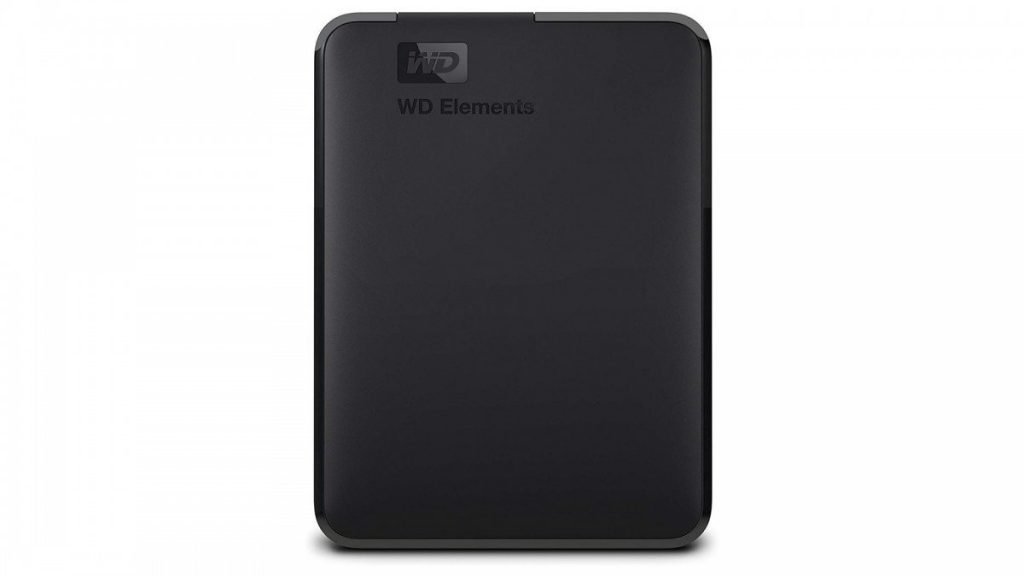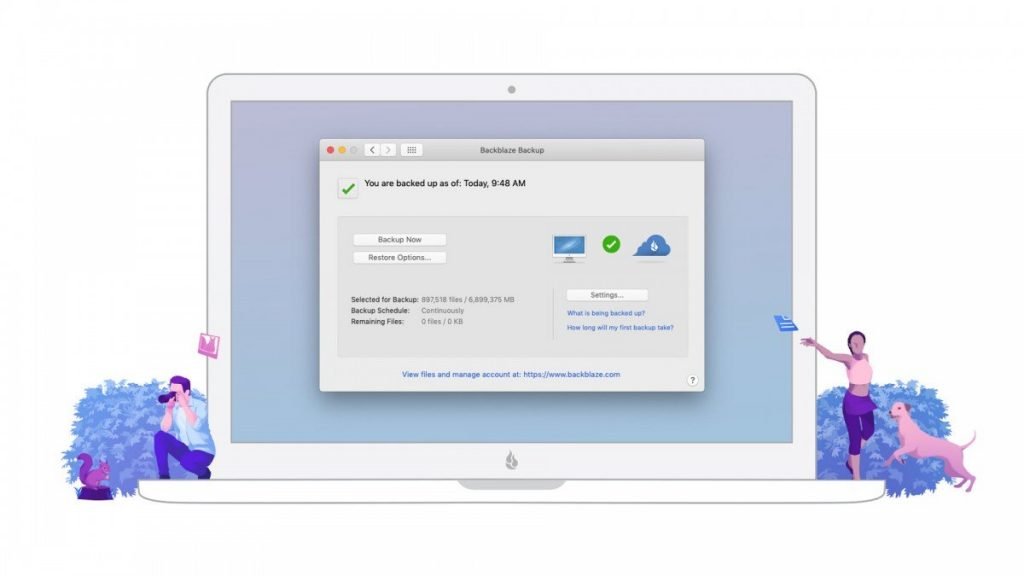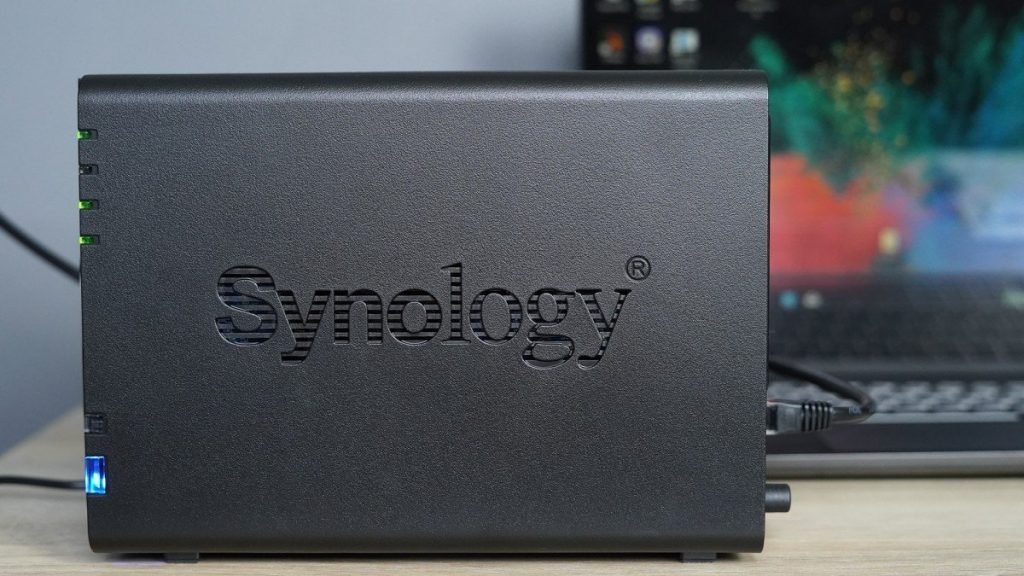5 Affordable Ways to Back up Your Precious Data
PCs like to break down when it’s least helpful. What’s more, when that occurs, you may lose the entirety of your valuable family photographs, individual records, or lawfully downloaded motion pictures. That is except if you back up your data first.
Before, backing up your documents implied purchasing a costly hard drive or a wreck of overrated USB sticks. However, now there are a huge amount of modest and simple approaches to guard your data, regardless of whether you’ve developed terabytes worth of data. Here are five of our preferred, affordable backup strategies.
One Backup Isn’t Enough: Use the 3-2-1 Method.
Your backup isn’t ensured to keep going forever. Hard drives can succumb to burglary, catastrophic event, or equipment failure, and even cloud storage arrangements can confront the damaging malice of hackers or incompetence.
In this way, before we take a look at any cheap storage arrangements, we should pause for a moment to survey the 3-2-1 system:
- Keep 3 Copies of Your Data: You ought to keep up three backups consistently. One of these backups can be on your primary machine—simply remember that a hard drive in a working PC breaks down quicker than a hard drive in a cabinet.
- Utilize 2 Different Formats: Don’t tie up your assets in one place. A robbery, flood, or fire can decimate a group of hard drives in one go. Attempt to spread your backups across various media or cloud services.
- Keep 1 Backup Offsite: Again, an arbitrary catastrophe can annihilate the hard drives that you have at home. Keep in any event one backup away from all the others. You can do this through cloud storage, or by keeping a hard drive at a companion’s home or in a bank vault (which might be less expensive than cloud storage, contingent upon how much data you’re accumulating).
Somewhat of a squirm room exists between these guidelines. Administrations like Dropbox, for instance, can consequently sync your backups over a bunch of gadgets. However, you get the idea; squirrel away your data in a couple of different places. That way, your efforts (and cash) won’t go to squander.
Since we’ve audited the 3-2-1 technique, it’s a great opportunity to get into the weeds. Here are the five most ideal approaches to back up your data for as little as possible.
Modest and Fast: HDDs or SSDs

Individuals talk about distributed storage like its the be-all-end-all backup framework. However, in case you need to complete things without investing a lot of your time or cash, at that point, it’s ideal for concentrating your backup endeavors on hard drives or strong state drives. They’re modest, they keep going quite a while, and they move documents much quicker than any cloud storage arrangement.
Since you’re simply backing up your records, an HDD is presumably a more intelligent venture than an SSD. Without a doubt, SSDs are significantly quicker than common hard drives, yet they likewise cost around threefold the amount of cash. That additional speed does not merit the additional cost except if you plan on doing monstrous routine backups.
In case you intend to go down the HDD course, at that point, we propose purchasing a cheap Western Digital or Toshiba item. In case, you need the additional speed of an SSD, at that point, we propose utilizing the incredible Samsung T5, which offers an extraordinary blend of intensity, affordability, and quality.
For Small Backups: iCloud, Dropbox, OneDrive, or Google Drive

In case you’re attempting to stow away a little (under 2 TB) assortment of documents, at that point, it might be ideal to stay with OneDrive, Google Drive, iCloud, or Dropbox. These cloud storage arrangements are genuinely reasonable, and they’re anything but difficult to sync over a wreck of various applications and gadgets. Furthermore, remember, syncing across gadgets, can assist you with making sure about your data without spending a fortune on hard drives.
The thing is, every one of these services has its own cost and advantages. While iCloud might be ideal for Apple fans, Dropbox might be a superior choice for individuals who work over a wide range of working frameworks.
To make things simple, we should investigate what these distributed storage arrangements bring to the table:
- Dropbox (iOS/Android): Dropbox offers 2 TB of capacity for $10 every month, making it one of the least expensive cloud storage arrangements available. It gets along with almost every working operating system, and it coordinates splendidly with Microsoft Office items and some work-oriented Android and iOS applications.
- iCloud (iOS/Android): Apple offers 2 TB of iCloud capacity for $10 every month. It’s an undeniable option to Dropbox, particularly in the event that you utilize an iPhone, iPad, or Mac. (Obviously, it deals with Windows and to some degree on Android frameworks, as well).
- Google Drive (iOS/Android): Google offers 1 TB of capacity for $12 every month. It isn’t the least expensive alternative on the planet. However, it’s useful for individuals who do the majority of their work through Google’s productivity suite (Sheets, Sites, Docs, and so on.). It likewise works over each significant PC OS out there with Google’s Backup and Sync application.
- OneDrive (iOS/Android): Microsoft offers 1 TB of OneDrive stockpiling for $70 every year (or $7 per month). This 1-TB plan accompanies Office 365 Personal, so it’s an easy decision for some students and experts.
These cloud storage arrangements fit a great many people’s needs. However, in the event that you have to back up more than a couple of terabytes of information, at that point, a great backup arrangement like Backblaze might be a more intelligent choice.
For Large File Collections: Backblaze

Backblaze offers the cheapest unlimited backup stage on the planet. For just $6 per month (or $60 every year), you can pack the entirety of your records into Backblaze and avoid data limitation of some common cloud storage services.
Like OneDrive or Dropbox, Backblaze considers scheduled backups, file sharing, and access from smartphones. The main major issue with Backblaze is that its backup framework is limited to each PC in turn. Extra PCs require extra licenses. As it were, backing up from two PCs runs you $120 every year, and three PCs cost $180 per year.
That is still a lot—expecting that you have multiple TBs of data to back up. However, in the event that your backup is generally little, at that point, it might be more brilliant to stay with the help of Dropbox or Google Drive simply. That way, you can back up records from any gadget whenever.
For Media-Fiends and Data Hoarders: Build a NAS

For its unlimited storage limit, Backblaze is an unmistakable take. Be that as it may, it is restricted here and there. In case you need to blend the high limit of Backblaze with the accommodation of Dropbox and the speed of a local hard drive, at that point, a NAS (network-attached storage) gadget might be your most logical option.
In simpler words, a NAS gadget is a cloud server that you keep in your room. It’s somewhat expensive to set up, yet in time it’ll pay for itself and give a quicker, more adaptable backup option than Dropbox and Backblaze. You and your family can get to the NAS server from anyplace—and you can even utilize it to stream films or music to any gadget. Really, it’s a definitive backup choice for any individual who’s invested their energy accumulating photographs, documents, or movies.
You can construct a NAS gadget in a million unique manners. You can purchase an extravagant NAS enclosure, interface hard drives directly to your router, repurpose an old system, or even form a NAS from a modest Raspberry Pi. In any case, you’ll have to purchase a couple of SSDs or HDDs to act as the server’s storage, and you’ll have to follow a snappy manual for getting things off the ground. It isn’t as simple as Dropbox, yet it isn’t so much that confounded either.
Check What You Already Have!

There’s a decent possibility that you as of now have free access to cloud storage through your Google, Microsoft, Amazon Prime, or Apple account. Along these lines, before you begin paying for a month to month plan, check what you as of now have!
Here are a few services that you can likely access the free at the present time:
- Google Drive: You can transfer 15 GBs of records to Google Drive for nothing.
- OneDrive: You can transfer 5 GBs of records to OneDrive for nothing. Furthermore, if you, as of now, pay for Office 365, at that point, you can get to 1 TB of distributed storage through OneDrive at the present time.
- iCloud: Apple clients get 5 GBs of iCloud stockpiling for nothing.
- Google Photos: Google Photos permits you to store an unlimited number of pictures and videos for nothing.
- Amazon Drive: Amazon Prime individuals get unlimited photograph stockpiling and 5 GBs of video storage through Amazon Drive.
These free administrations are constrained. However, they’re an extraordinary choice for any individual who just needs to back up photographs or little documents. They’re likewise acceptable in a crisis. In case you feel that your PC or smartphone is beginning to die, you can rapidly dump a few records into Google Drive for nothing.